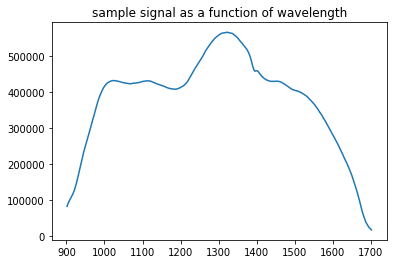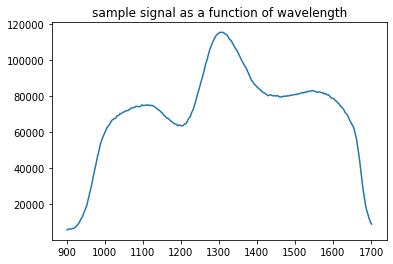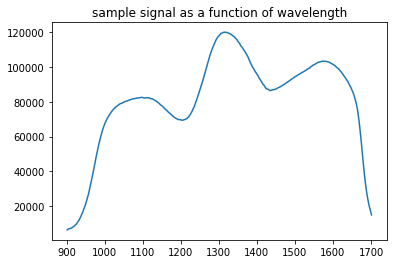Hi,
I want to use a TIDA-00554 spectrometer (NIR spectrometer). But whatever the source I use (black body from 2700K to 4200K), I have some strange peaks around 1300nm in the spectrum.
First I just took the spectrometer and I searched for the spectrum with all the light reflected (a lambertian surface in front of the glass) and I get the following spectra :

Here we can notice a strange peak around 1350nm. so I tried to normalized this spectrum with the InGaAs spectral response but it didn't change anything.
So I tried to take spectra with other illumination lamps. (known black body in order to compare the results with the expected values) and I get :
For an halogene lamp with a color temperature of 2700K :

and for an halogene with a temperature color of 4200K I have :

So I always have a strange peak around 1350nm and I have no idea why.
Do you have any idea ? Do I have to normalized the spectrum with other parameters ?
Thank you very much

